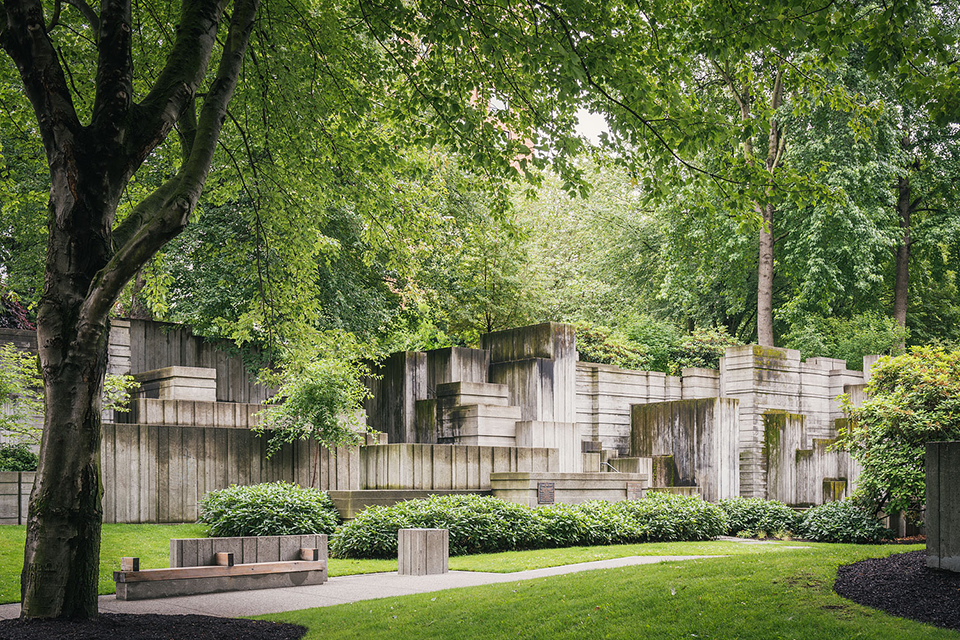Themes
Recognizing Historic Significance and Value
Making visible and revealing the value of cultural landscapes lies at the heart of TCLF’s work. That’s because too often landscapes die quiet deaths because they’re not seen and therefore not valued. For the past 25 years TCLF has been passionately and fervently dedicated to increasing visibility through its education and advocacy initiatives, including the What’s Out There database of landscapes and the Pioneers database of landscape architects and allied professionals. This work is buttressed by conferences, tours, traveling exhibitions, published books, editorials, oral histories, website entries, extensive media coverage, blogs, and on social media platforms. By forming partnerships and building bridges with local, regional, and national organizations, and by getting a seat at the table where decisions are made, TCLF has helped educate members of the public, site stewards, private and government decision makers, and others, thereby increasing the understanding and awareness of our shared landscape legacy.
 Freeway Park, Seattle, WA. Photo by Aaron Leitz, 2016.
Freeway Park, Seattle, WA. Photo by Aaron Leitz, 2016.
In many cases TCLF successfully promoted the designation of landscapes on local and/or state historic registers and in the National Register of Historic Places, ensuring some measure of protection for the sites and a greater recognition of cultural landscapes more generally; this includes the M. Paul Friedberg-designed Peavey Plaza in Minneapolis, MN, Lester Collins’ work at Innisfree Garden in Millbrook, NY, and several commissions by landscape architect Lawrence Halprin (Freeway Park in Seattle, WA, Heritage Park Plaza in Fort Worth, TX, Park Central Square in Springfield, MO, and the Portland Open Space Sequence in Oregon). Indeed, today nearly 2000 properties are listed in the National Register of Historic Places with Significance in Landscape Architecture while nearly 80 have been designated as National Historic Landmarks. However, hundreds if not thousands of works of landscape architecture and other significant cultural landscapes remain undesignated and at risk.
In other cases, designations, particularly those from the 1960s to the 1980s, may need to be revisited because their “period of significance” and what was actually designated are now, in hindsight, too circumscribed. For example, a designation might be focused on “significant architecture” or “the great man”; but since the designation subsequent research may have revealed a broader palimpsest, or layers of history, associated with the site. The absence of that additional information in a designation leaves those landscape features and cultural lifeways vulnerable to insensitive alterations, or worse, erasure.